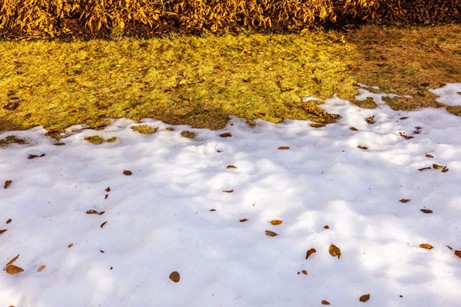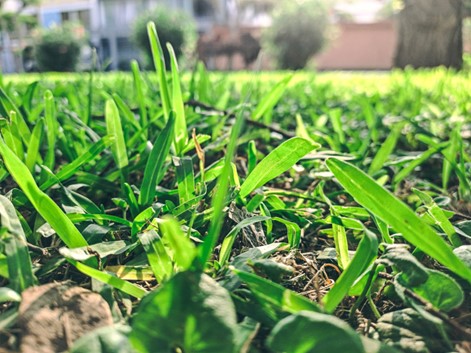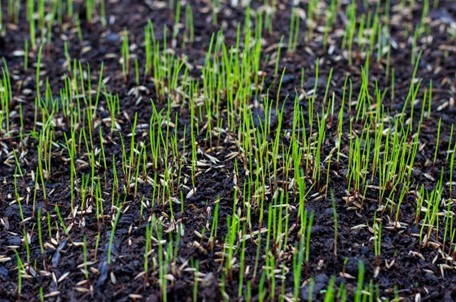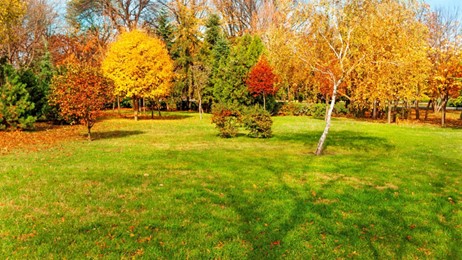
Reviving Your Dormant Lawn: A Guide for Northern Homeowners
November 14, 2024
As the change of seasons approaches in northern states, many homeowners start to notice their lush, green lawns transforming into a dormant, brown canvas. While this dormant state is a natural part of the grass life cycle, it can be concerning for those who take pride in their outdoor oasis.
But fear not! With the right approach, you can help your lawn emerge from its winter slumber refreshed and ready to thrive. Here’s your comprehensive guide to caring for a dormant lawn in colder northern climates.
Understanding Lawn Dormancy
When temperatures start to drop in the fall, grass plants enter a dormant phase to conserve energy and protect themselves from the harsh winter weather. During this time, the grass stops actively growing and instead focuses on preserving its root system. This results in the familiar brown or straw-like appearance.
Dormancy is a survival mechanism for cool-season grasses like Kentucky bluegrass, fescue, and perennial ryegrass – the most common lawn types in northern regions. As long as the grass is still alive and the roots remain healthy, your lawn will spring back to life once conditions become more favorable.
Caring for Dormant Grass
While your lawn may look lifeless, it still requires some maintenance to ensure a lush, green revival in the spring. Here are the key steps to caring for your dormant grass:
- Mowing: Continue mowing your lawn until growth completely stops, keeping the grass at 2-3 inches tall. This helps insulate the crowns and roots from harsh winter weather.
- Raking: Use a leaf rake to remove any fallen leaves or debris from the lawn. Allowing these to accumulate can lead to matting and suffocation of the grass.
- Overseeding: Dormant overseeding in late fall can help fill in bare or thinning areas and improve lawn density come spring. Just be sure to time it right before the ground freezes.
- Fertilizing: Apply a slow-release, winterizing fertilizer in late fall to nourish the roots and prepare the lawn for regrowth in spring.
- Watering: Keep an eye on soil moisture levels, and provide supplemental watering during any extended dry spells throughout the dormant season.
Following these dormant lawn care tips will position your northern grass for a vibrant, healthy comeback when warmer weather returns.
Reviving Your Lawn in Spring
As temperatures rise and rainfall increases in spring, your dormant lawn will begin to green up and actively grow again. At this stage, you can resume your regular lawn care routine:
- Adjust your mowing height back to the optimal 3-4 inches
- Apply a spring lawn fertilizer to jumpstart new growth
- Dethatch and aerate the soil to improve oxygen and nutrient flow
- Overseed any remaining bare or thinning patches
With the right preparation and spring maintenance, your once-dormant northern lawn will transform into a lush, healthy outdoor oasis.
Recent News

Maintaining Your Dormant Lawn in the South
November 20, 2024
While homeowners in northern climates may see their lush green lawns turn completely dormant and...

The Fall Growing Season in the South – Keep Your Lawn Thriving Year-Round
October 24, 2024
Fall in the South might not bring the same drastic change in weather as in...

The Fall Growing Season in the North – A Crucial Time for Your Lawn
October 24, 2024
As the crisp air settles in and the leaves begin to change, fall is a...

The Importance of Limestone Applications for Your Fall Lawn Care
September 17, 2024
As fall settles in, it’s time to focus on preparing your lawn for the winter...

